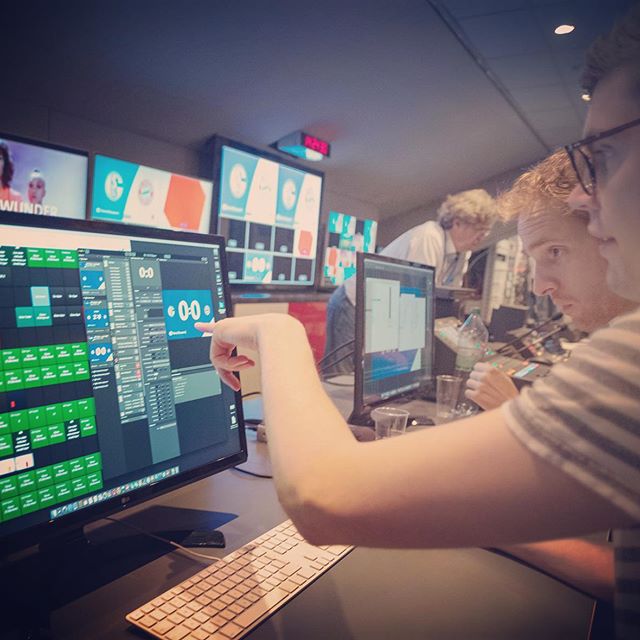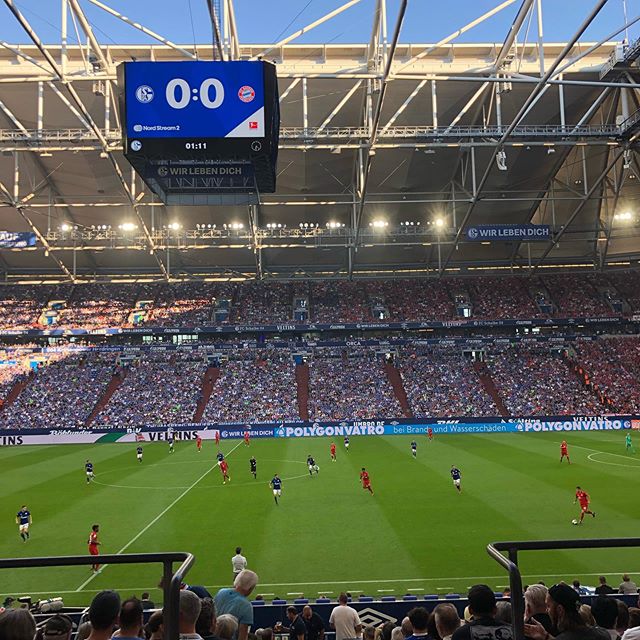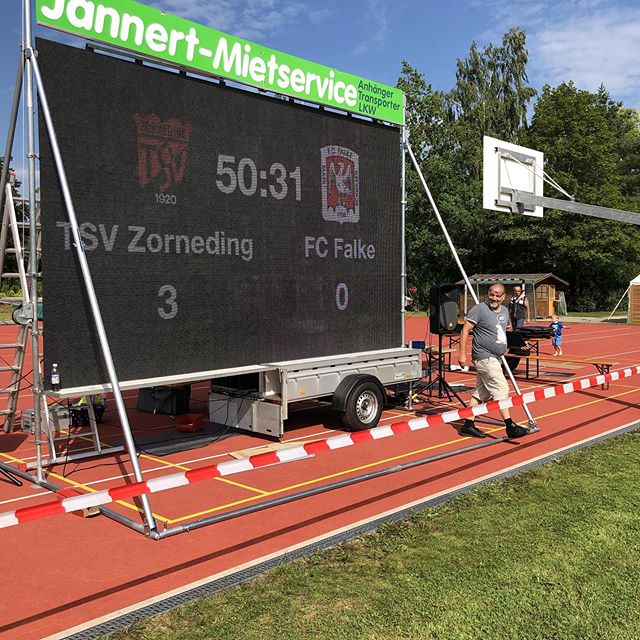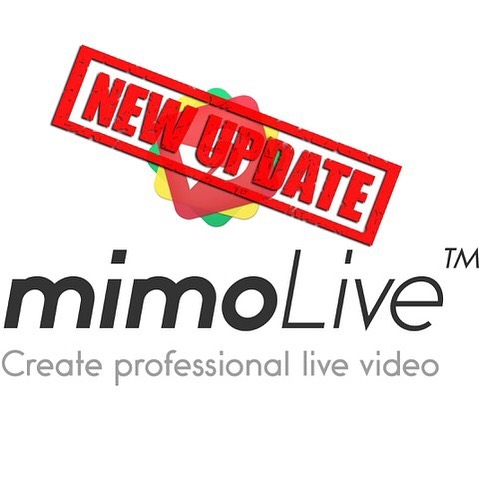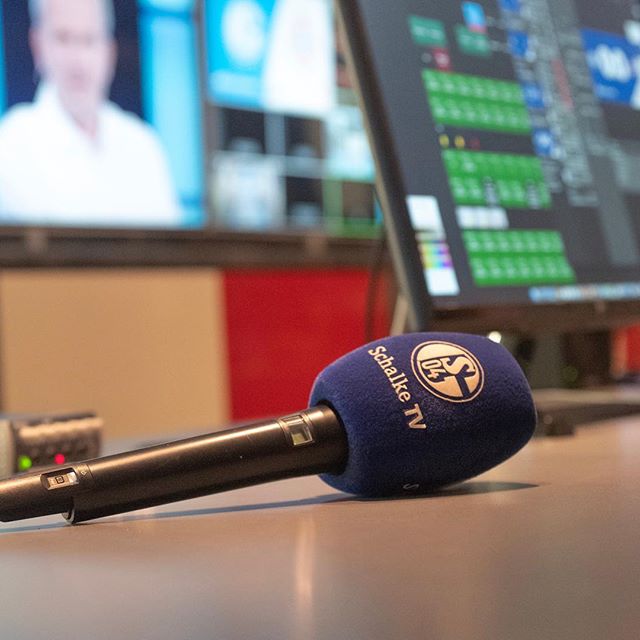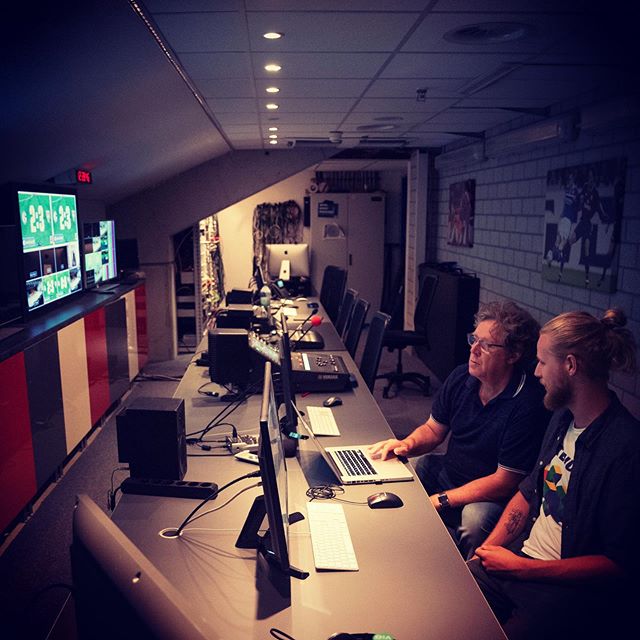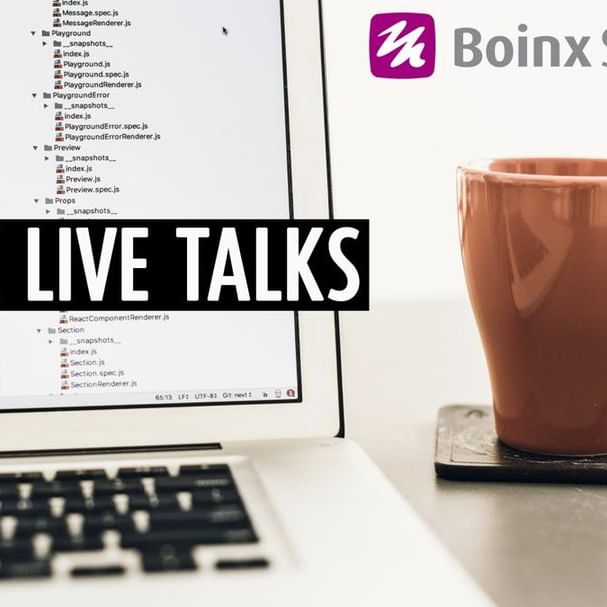Looking for a fun way to educate the young people in your life about the fun of artistic expression through animation? Well, look no further than the Children’s Museum of the Arts! The CMA is a non-profit organization dedicated to bringing hands-on art programming to children throughout New York City. The staff of practicing artists is there to help mentor and guide young artists from ages 10 months to 15 years through many different types of projects and mediums.
One of the many highlights of the Children’s Museum is the Media Lab, which is open and in use throughout most of the museum’s regular hours. The lab is equipped with several Macs, laptops and even iPads with iStopMotion software! Children ages 5+ are invited to come try animation workshops using cut-out shapes, magazine scraps, scrabble letters and paper puppets that include prompts such as “Underwater Stories” or “Collage Letters.”
Currently in the midst of the summer session of their popular Art Colony Camp, held every spring, summer, fall and winter, the Media Lab is getting quite the workout. As part of the weekly camps the lab is used for a variety of activities such as stop motion animation, collage animation, claymation and live-action shooting and editing. (For those unfamiliar with collage animation or claymation, check out this CMA student-made example here.)
“Art Colony is a more dedicated form of studio commitment that allows for more time-intensive projects to happen in the class,” says Lynn Kim, manager of the Media Lab department at CMA. With more time available, the students are able to explore many different techniques and complete the necessary steps to give them the finished projects that they have envisioned for themselves. With all the new techniques students are learning, their days become quite busy! A typical day for students in the program will likely include brainstorming ideas (thumbnails, scriptwriting or making sketches), prop making and design, rehearsing (or practice animating), animating/shooting or even postproduction and editing.
Although it may be tempting for students to jump right into animating, Lynn says that all students are encouraged to plan their actions.
“We predict that they will animate the movements too quickly, so often we set time aside for redo's or second attempts at a scene before they are happy with the way it looks,” she says.
However, most students will begin animating once they decide on key scenes that they want to create. After exporting, Lynn says that they then bring in Final Cut Pro for editing and the addition of sound and credits.
One thing that becomes important for children (or anyone really!) when navigating unfamiliar software is simplicity. That’s where Lynn says Boinx saves the day, crediting the onion skinning tool (while animating, you can actually see what changes you make to the scene by seeing both the last picture you've taken and the current view from the camera overlayed) as a must-have for anyone in the Media Lab using iStopMotion.
“We are so lucky to be living in a time where almost anyone with an interest in animation can take steps to learn it,” Lynn says. “iStopMotion has been a huge help in teaching learners of all ages, as the program is very intuitive and straight forward and does not require a manual or heavy instruction to use.”
We couldn’t agree more! Not that we needed proof of The Media Lab’s exemplary programming, but check out some of their projects here and above.
As they say, the proof is in the pudding.

